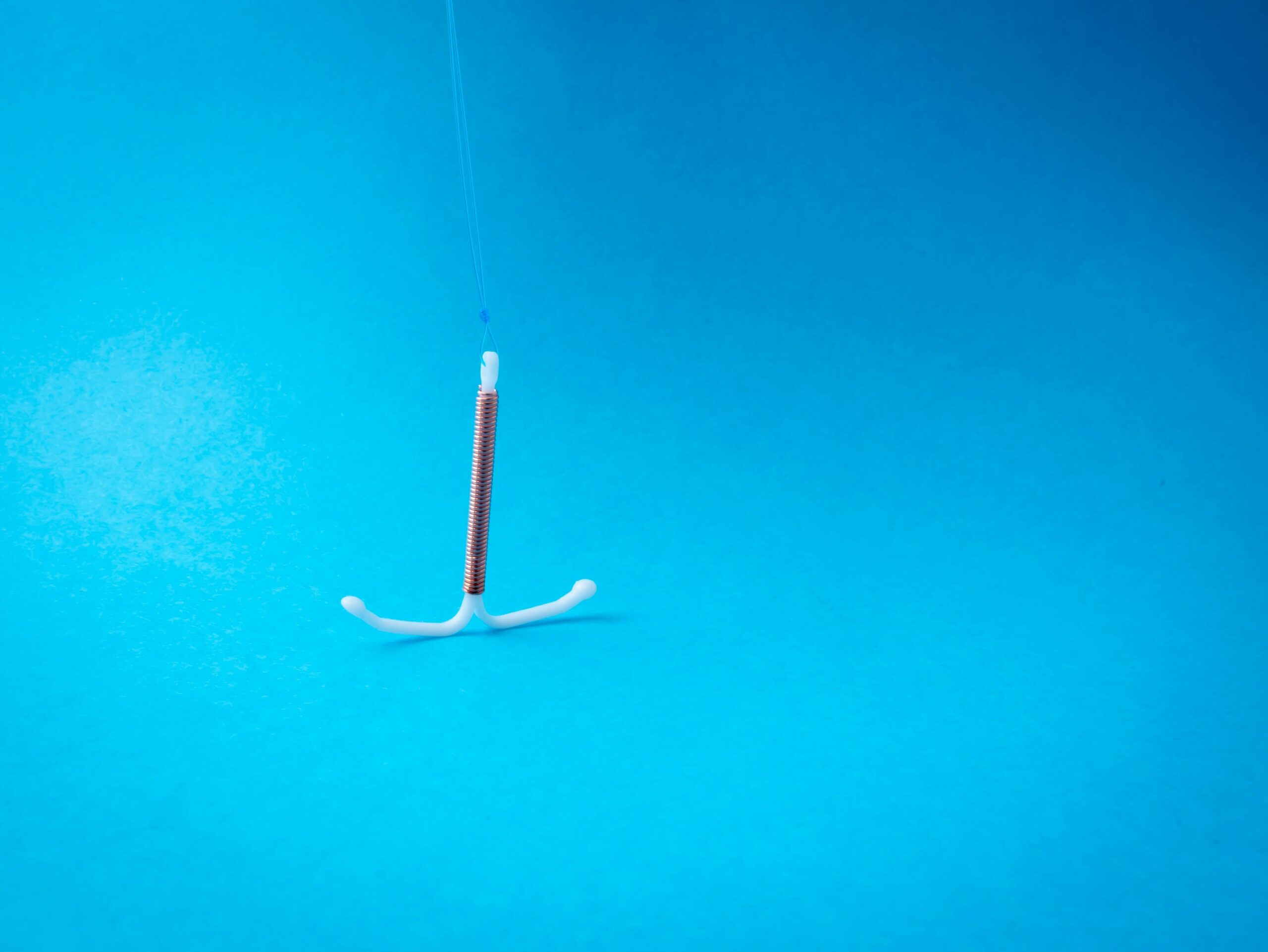An intrauterine device (IUD), also known as a coil, is a small contraceptive device that is inserted into your uterus (womb) to prevent pregnancy. IUDs are more than 99% effective in preventing pregnancies and provide a very convenient method of contraception that can last up to 10 years.
Benefits of Using an IUD
The IUD is also the perfect choice if you are planning a family as your natural fertility will return soon after the device is removed. Although having an IUD fitted might be briefly uncomfortable, the convenience and benefits of IUDs far outweigh any temporary discomfort or pain. If you are anxious about pain, you should discuss having a local anaesthetic with your GP or nurse beforehand.
Long-Term Contraceptive Freedom
Once your IUD is fitted, you will have the freedom of not needing to worry about contraception for between 8 (Mirena) to 10 years (Copper) as you will be fully protected against unwanted pregnancies during that time.
How Soon Do IUDs Start Working?
The non-hormonal copper IUD is effective as soon as it has been inserted. If hormonal IUDs are inserted during your period, they start working right away. Otherwise, this type may take up to 7 days to be effective. You will need to use condoms for those 7 days to protect yourself from pregnancy.
What To Do Before Having An IUD Fitted
You can have most IUDs inserted at any time in your menstrual cycle, but it may be more comfortable to have one inserted while you are having your period as your cervix is most open (dilated) at this time.
Before you attend your consultation, it is advisable to eat a light meal to avoid getting dizzy. You should also drink some water as you may need to supply a urine sample to check if you are pregnant.
Is Having An IUD Fitted Painful?
You should speak to your GP or nurse about pain relief you can have before and during the IUD fitting. It might help to take pain medications such as ibuprofen a few hours before your appointment. This may help prevent cramping during the procedure.
If you are very anxious about pain or have had a previous bad experience, you can request to have a local anaesthetic (a numbing medication that your doctor injects around your cervix). You should discuss this with your GP or nurse beforehand.
How Is An IUD Fitted?
Your GP or nurse can insert the IUD at your surgery. The appointment takes about 20 minutes, and fitting the IUD takes around 5-10 minutes. An IUD can be fitted at any time during your menstrual cycle if you are not pregnant although it is advisable to have it fitted during your period as the cervix is usually more dilated (open) at this time.
Pain Management and Preparation
Having an IUD fitted can be painful, but you can request to have a local anaesthetic to help. You should discuss this with your GP or nurse beforehand. You should let the person fitting your IUD know if you feel any pain or discomfort while you are having it fitted. You can ask to stop at any time.
Fitting Process and Aftercare
Before your IUD is fitted, your GP or nurse will check inside your vagina to check the position and size of your uterus. The vagina is held open using a speculum (like it during a Pap smear). Your cervix and vagina are then cleaned with an antiseptic liquid. Your doctor or GP will look for any problems with your uterus and line up your cervix with your uterus.
The IUD is inserted through the cervix and into the uterus. To do this, your healthcare provider will fold the IUD, place it into an applicator tube, and then insert the tube through your cervix into your uterus. Once the IUD is in place, the ‘arms’ of the IUD will be released, and the doctor will remove the applicator.
You may want to stay at your surgery for a few minutes after the procedure to make sure you feel alright. Although uncommon, some women get dizzy or faint when they try to stand up afterwards. To avoid this, you should lie down until you feel well enough to stand, then get up slowly.
What To Expect After Having An IUD Fitted
It is normal to feel slight cramping in your uterus (womb) after your procedure. You might continue to have mild cramps for as long as 3-6 months. Taking an over-the-counter pain reliever, such as ibuprofen, can help to ease any discomfort. If you have very painful cramps, you should call your doctor right away.
Irregular bleeding or spotting is common for the first few months and should ease over time. If you have heavy bleeding that is not settling down, you should call your doctor.
You should check your IUD is in place a few times in the first month and then after each period, or at regular intervals. IUDs have 2 thin threads that hang down from your uterus (womb) into the top of your vagina. Your healthcare provider will teach you how to feel for these threads so that you can check that the IUD is still in place. Although it is unlikely that your IUD will come out, if you cannot feel the threads or think it has moved, you should contact your healthcare provider to have it checked.


 71–75 Shelton Street, Covent Garden, London, WC2H 9JQ
71–75 Shelton Street, Covent Garden, London, WC2H 9JQ +44 (0) 20 3376 1032
+44 (0) 20 3376 1032



